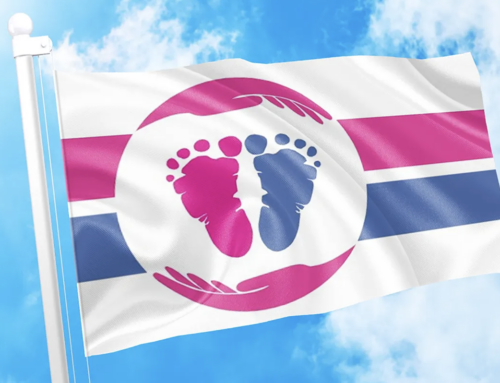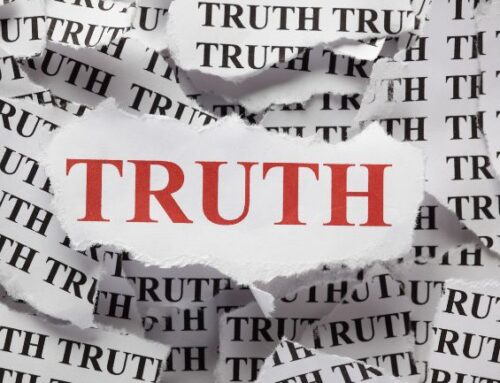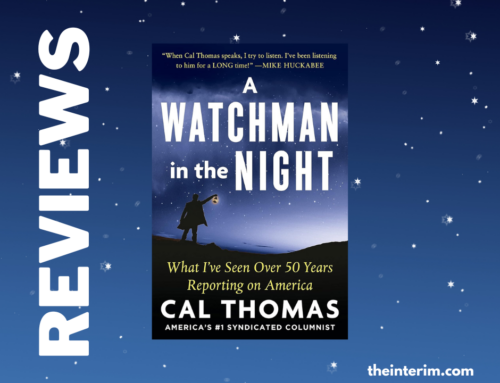The Death of Public School: How Conservatives Won the War Over Education in America
Cara Fitzpatrick (Basic, $40, 375 pages)
 With a title like The Death of Public School: How Conservatives Won the War Over Education in America Cara Fitzpatrick’s book could be a victory lap by a right-wing writer at the growth of school choice in recent decades so families can escape poorly performing public schools more intent on radical indoctrination than teaching traditional subjects. Or The Death of Public School could be a left-wing author’s lament for the assault on the supposedly unifying public education system. Alas, it is the latter. Fitzpatrick is a reporter for the education website Chalkbeat and she soon shows her cards, decrying the rise of school choice through policies such as school vouchers and charter schools (publicly funded schools that need not abide many public school rules) as being rooted in the segregationist movement of the 1950s. This is, to put it mildly, uncharitable. The school choice movement was launched with libertarian economist Milton Friedman’s 1955 proposal to replace all public education with universal school vouchers so parents could choose where to send their children. Friedman was concerned not with racial politics but rather freedom and giving the tools to families to escape often broken schools. Fitzpatrick relentlessly attacks the motivation of school choice advocates, implying they are racist or outright stating their goal is either to make a buck on private education or getting taxpayer-fund religious schools through a clever slight-of-hand to avoid the establishment of religion. These criticisms are patently unfair and there is no effort to take conservative education reformers at their word. Furthermore, Fitzpatrick is either ignorant or lying when she says that studies on the efficacy of school choice offer only mixed conclusions; the bulk of evidence is that they work. and Fitzpatrick completely ignores the best results found in a network of New York City charter schools founded in 2006 and serving 20,000 students from kindergarten to Grade 12. The Death of the Public School could have been a serious examination of education policy that engaged conservative reformers at face value, but instead it is a screed against those who advocate for greater school choice. Fitzgerald laments “Support for traditional public education has become another partisan divide in our already divided country,” but she never seriously engages why public education has become a battlefield for the culture wars other than to condemn conservative intentions.
With a title like The Death of Public School: How Conservatives Won the War Over Education in America Cara Fitzpatrick’s book could be a victory lap by a right-wing writer at the growth of school choice in recent decades so families can escape poorly performing public schools more intent on radical indoctrination than teaching traditional subjects. Or The Death of Public School could be a left-wing author’s lament for the assault on the supposedly unifying public education system. Alas, it is the latter. Fitzpatrick is a reporter for the education website Chalkbeat and she soon shows her cards, decrying the rise of school choice through policies such as school vouchers and charter schools (publicly funded schools that need not abide many public school rules) as being rooted in the segregationist movement of the 1950s. This is, to put it mildly, uncharitable. The school choice movement was launched with libertarian economist Milton Friedman’s 1955 proposal to replace all public education with universal school vouchers so parents could choose where to send their children. Friedman was concerned not with racial politics but rather freedom and giving the tools to families to escape often broken schools. Fitzpatrick relentlessly attacks the motivation of school choice advocates, implying they are racist or outright stating their goal is either to make a buck on private education or getting taxpayer-fund religious schools through a clever slight-of-hand to avoid the establishment of religion. These criticisms are patently unfair and there is no effort to take conservative education reformers at their word. Furthermore, Fitzpatrick is either ignorant or lying when she says that studies on the efficacy of school choice offer only mixed conclusions; the bulk of evidence is that they work. and Fitzpatrick completely ignores the best results found in a network of New York City charter schools founded in 2006 and serving 20,000 students from kindergarten to Grade 12. The Death of the Public School could have been a serious examination of education policy that engaged conservative reformers at face value, but instead it is a screed against those who advocate for greater school choice. Fitzgerald laments “Support for traditional public education has become another partisan divide in our already divided country,” but she never seriously engages why public education has become a battlefield for the culture wars other than to condemn conservative intentions.



